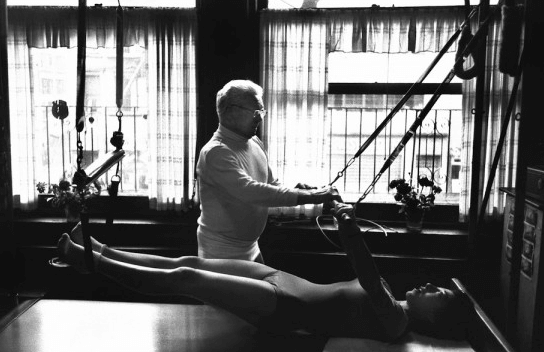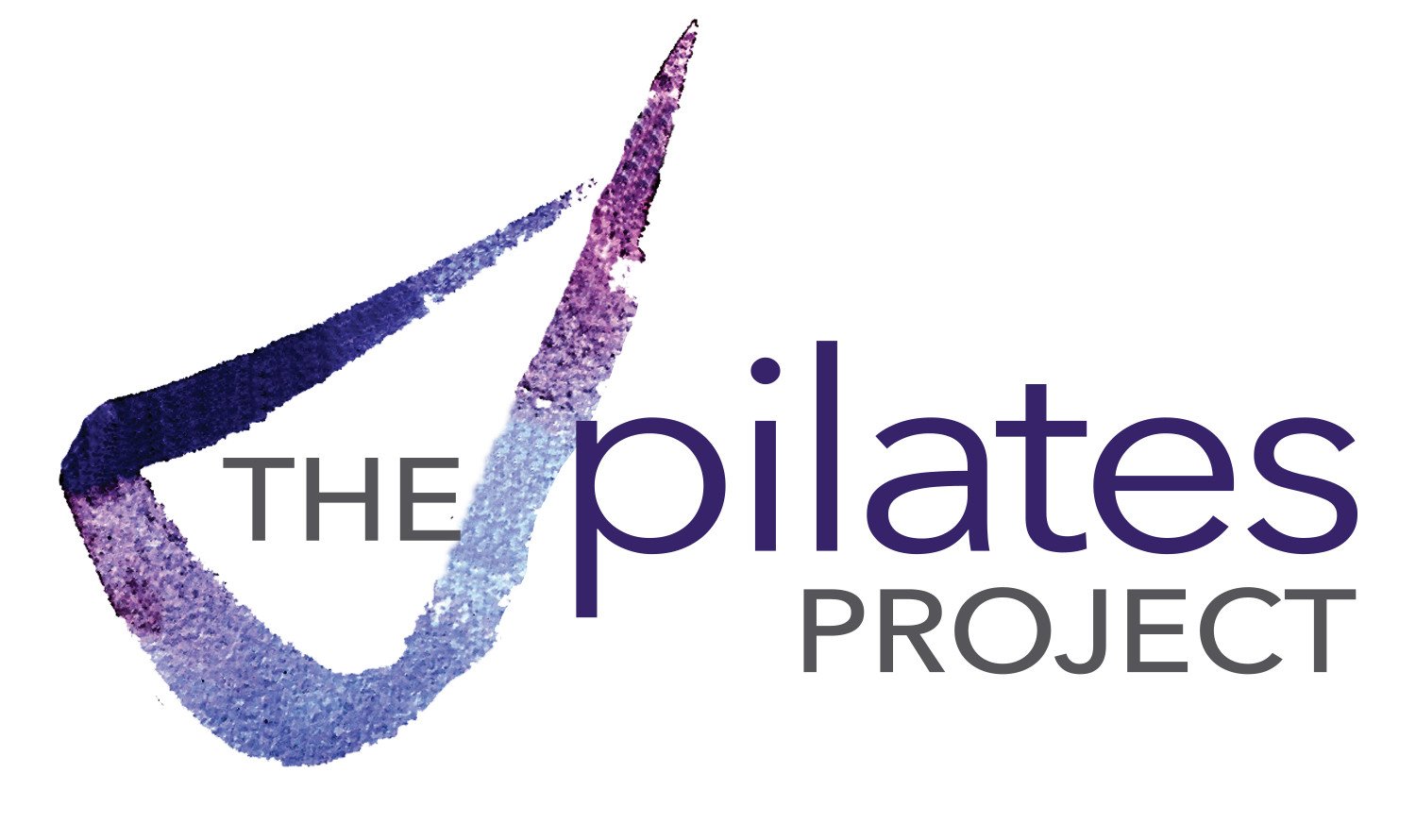Our Breath Intentions: What Does it Really Mean to Take a Deep Breath?

Just take a deep breath! I’m sure you’ve heard this before a million times. You’ve been told by your doctor, you friend, your spouse. You’ve instructed your kids, your siblings, your parents. But what does it really mean? Have you ever really taken a deep breath?
Joseph Pilates believed that breathing was one of the most important principles in Pilates. From this quote, some may even interpret that he thought it to be the most important - "Breathing is the first act of the life, and the last… above all, learn how to breathe correctly”. So now that we know… how do we breathe?
Well, this might be news to some but there is no magic “Pilates breathing”. There is no way to breathe in Pilates that is different or better than breathing throughout your everyday life. Breathing in Pilates is just - well… breathing. Here’s the catch - you might have never learned how.
We all breathe automatically from birth. We breathe constantly, subconsciously all day long. But unless you are forced to be mindful about your breathing, whether for a profession like singing or while meditating, you might never really know what it takes to take a full, proper breath.
Here are some basics on breathing:
Diaphragmatic Breathing
The best way to take a deep breathe is to breathe from your diaphragm. The easy way to describe this is belly breathing. The diaphragm is located beneath the base of your rib cage. It’s function in the simplest form is to contract and allow for air to enter the lungs. It also supports other core muscles. As we breathe in - the diaphragm contracts and we fill our lungs with air from the bottom. This process should cause the belly to rise and expand with air. As we exhale, the belly falls. If you look at a child breathing, you will see this natural expansion in the belly area. Many adults actually breathe the opposite. As they breathe in their bellies contract and they breathe into the upper chest area and throat. Their shoulders rise and fall and their breath is shallow. Shallow breathing can be the cause of dizziness, fatigue, anxiety and even neck tension.
To practice belly breathing lie on the floor with your knees bent. Place your hands gently over your belly. Keep your elbows relaxed and at your sides. Take a deep slow breath in through your nose and allow your belly to rise. Feel the air filling up the space. When there is no more room, release the air slowly through your mouth. A trick to slowing down the air flow is to breathe out using a soft “shh” sound (like you’re shushing a baby to sleep). Repeat this process until it feels natural.
Now, just when you thought we were done - the million dollar question - Should allow our bellies to rise with air during Pilates? Aren’t we supposed to keep our belly from popping out? Well, yes. And this is where the next breathing technique comes in.
Lateral Breathing
The easiest way to describe this is breathing into the sides and back of the ribcage. When we breathe laterally, the belly expands very little and the ribs expand to each side. You will be surprised to know just how big of a breath you can take using lateral breathing. The best way to understand this is to try it!
Lie on your back with you legs bent. Place your hands gently on each side of your ribcage. Anchor the back of your body to the floor as you would do to set up for Pilates. Engage your abdominal muscles. Now take a slow, long breath in and visualize the air filling up the sides and back of your ribcage. You should feel your hands moving slightly out to each side and you will feel your back expanding and pushing more deeply into the floor.
In Pilates you may find that you use a combination of both diaphragmatic and lateral breathing throughout your session. During your practice, focus on your breath and how it feels as it enters your body. Ask yourself, "what is the best way for me to get the air in and get the air out?" (Or as Joe would say, “In d’air! Out d’air!”) It might be trial and error at first until it becomes a natural process.
Joseph Pilates believed that proper breathing was essential to health. He taught that failing to expel all of the carbon dioxide from our lungs with each breath would result in a build up of toxins and germs within the body. “It is tragically deplorable,” he once said, “to contemplate the millions who have never mastered the art of correct breathing.”
So, have you ever really taken a deep breath? If not, there’s no better time than now to try!
